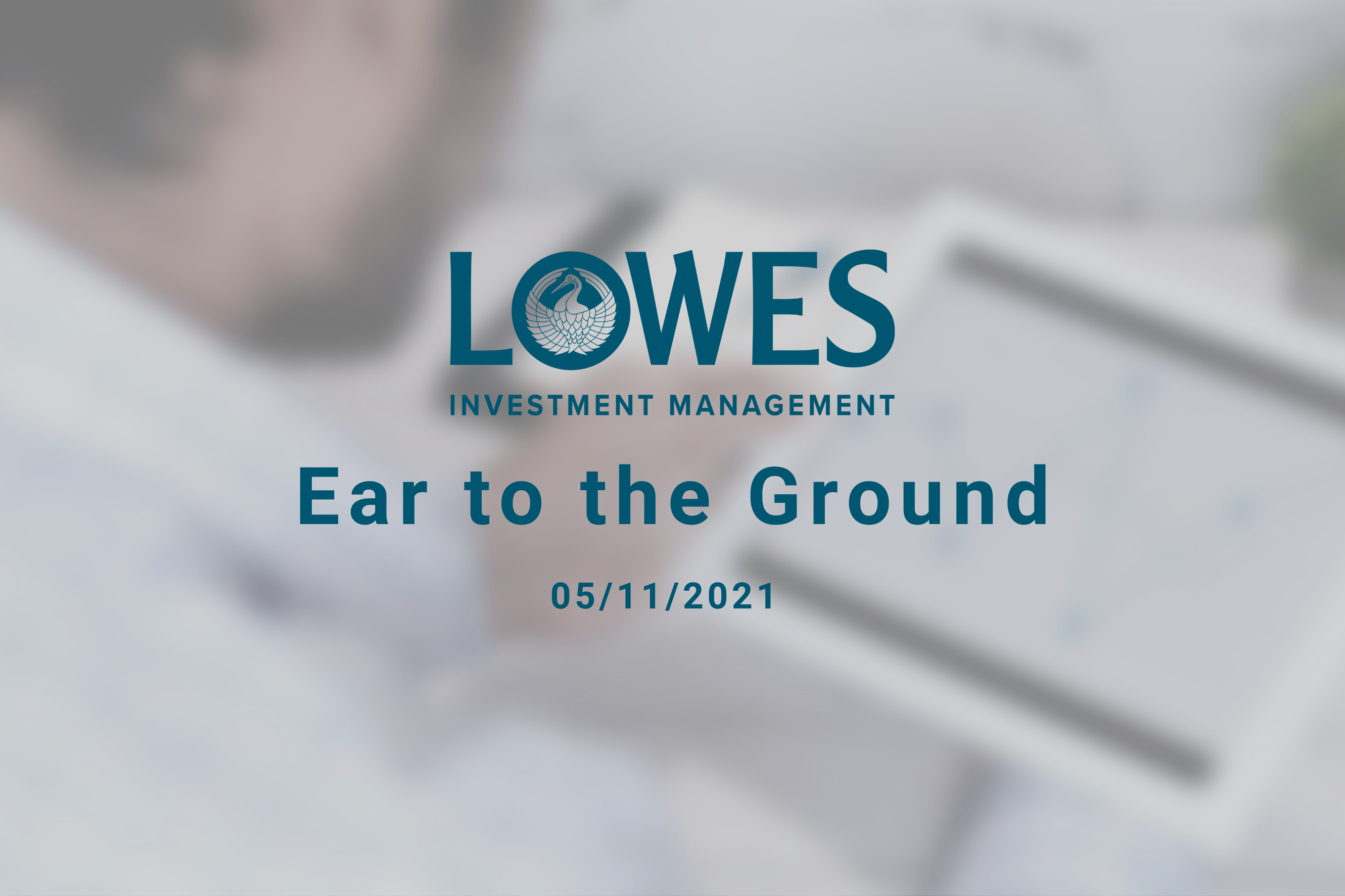Ear to the ground
05 Nov 2021

This week the central banks again took centre stage. Unfortunately the ‘unreliable boyfriend’ resurfaced in the UK. After Andrew Bailey suggested that inflation was becoming a little heated a few weeks ago the market was expecting an interest rate rise to come yesterday. The market had been pricing in a 95.4% probability of four rate hikes by the June 2022 meeting.
The Bank of England failed to deliver however, and the markets reacted accordingly. Sterling fell by c.1% on a trade weighted basis whilst the yield on the 2 year gilt fell from over 0.68% to just over 0.5%. This was despite the Bank of England reiterating that rates may have to rise in the future due to more persistent higher inflation. They expect that CPI will rise to around 5% in the spring but then fall back close to the 2% target in two years’ time.
In Australia meanwhile the central bank also did not move on interest rates, but they did loosen their control on the yield curve. Bond yields reacted accordingly, and we saw the yield on the April 2024 bond rise from c. 0.2% to over 0.8%. This year we have now seen substantially more central bank hikes than we have cuts, very much a contrast to what we saw in 2019 and 2020, with 74 hikes against 10 cuts as at the 02 November 2021. One positive consequence of higher interest rate expectations is that the quantity of negative yielding global debt is reducing, although it still remains in excess of $10trn.
With regard to equities they are not cheap on an absolute basis, but some markets are not as expensive as others. On a cyclically adjusted earnings basis the US remains the most expensive market, although still not at peak levels seen in 1999/2000. Emerging markets are the cheapest market on this basis. On measures such as price to book and price to sales however the US is more expensive than other markets by a considerable margin. Still the equity risk premium available, whilst off its highs, is still relatively attractive when compared to 10 year government bond real yields. This is more pronounced in Global ex US stocks.
Others meanwhile, in particular John Hussman, refer to history and still believe that committing capital to US equities at these valuations does not bode well for returns over the next 10 years. Indeed, their research, which has an 0.89 correlation, suggests a negative return investing at these valuations over the next 10 years.
Opinions are therefore divided and with it investment strategies. Perhaps fitting to end with a quote from Peter Brandt therefore: “Gamblers obsess with big potential upside windfall profits. Intelligent speculators obsess with managing downside risk.”
This article is for information purposes only and should not be construed as advice. We strongly suggest you seek independent financial advice prior to taking any course of action.
The value of this investment can fall as well as rise and investors may get back less than they originally invested. Past performance is not necessarily a guide to future performance.
The Fund is suitable for investors who are seeking to achieve long term capital growth.
The tax treatment of investments depends on the individual circumstances of each client and may be subject to change in the future. The above is in relation to a UK domiciled investor only and would be different for those domiciled outside the UK. We strongly suggest you seek independent tax advice prior to taking any course of action.
Subscribe Today
To receive exclusive fund notifications straight into your inbox, please complete this form.